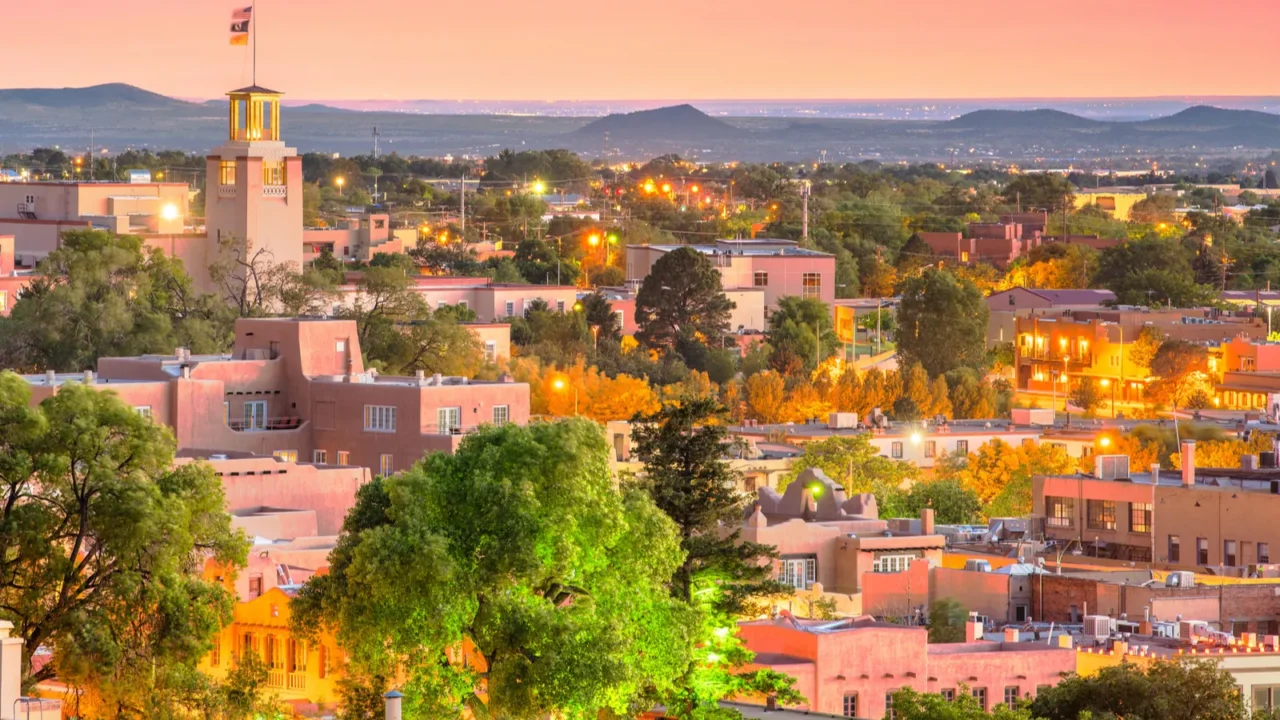
Santa Fe’s Pattern Playground
Santa Fe isn’t just a city, it’s a living canvas of color, texture, and stories. Known for its unique blend of Native American, Spanish, and Mexican influences, the city’s museums are bursting with bold Southwest patterns that celebrate centuries of artistic expression.
Whether you’re into textiles, pottery, or architecture, the vibrant motifs found in Santa Fe museums offer a treasure trove of design ideas. From historic weavings to painted clay, there’s always something fresh and full of soul waiting to be discovered.
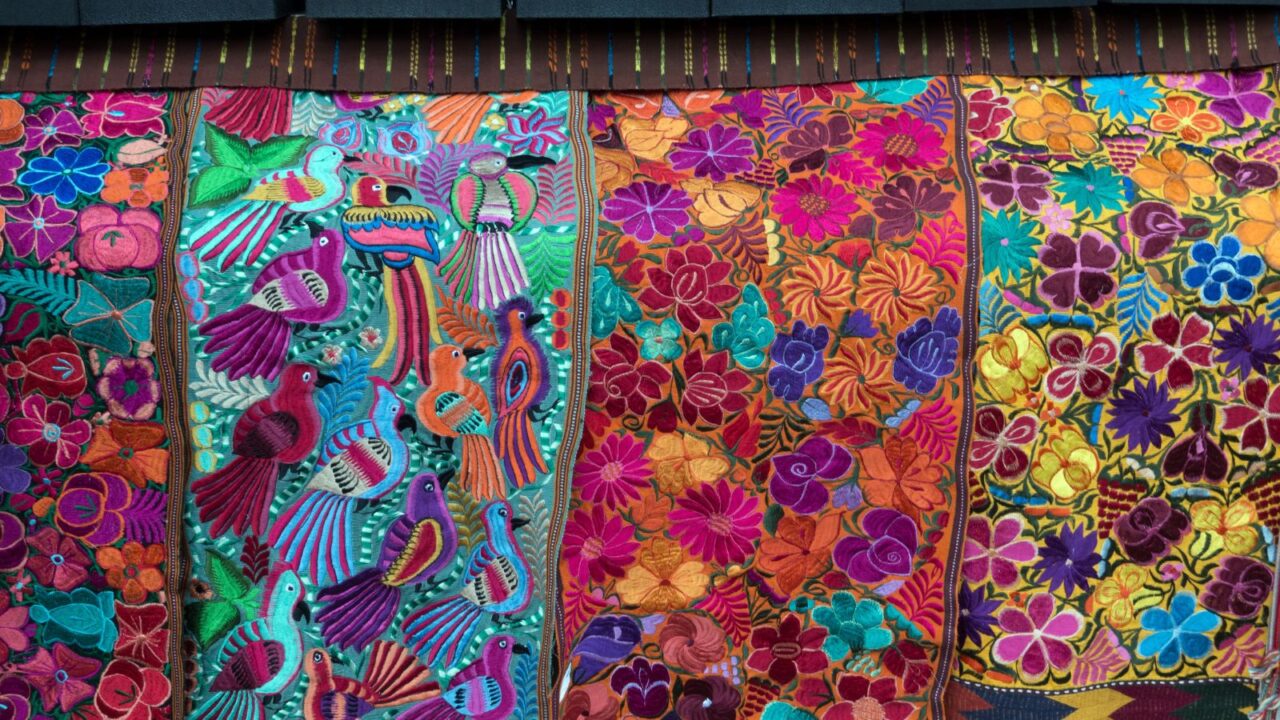
Textile Traditions at the Museum of Indian Arts and Culture
This museum is a must-see if you’re into intricate textiles that tell a story. The exhibits spotlight woven blankets and garments created by Diné (Navajo), Pueblo, and Apache artists. Each piece showcases geometric patterns that symbolize balance, nature, and community.
Expect vivid zigzags, stepped diamonds, and color pairings that pop. These aren’t just decorative, they reflect spiritual and cultural meaning. It’s a great reminder that your home textiles can carry personal symbolism, not just style.
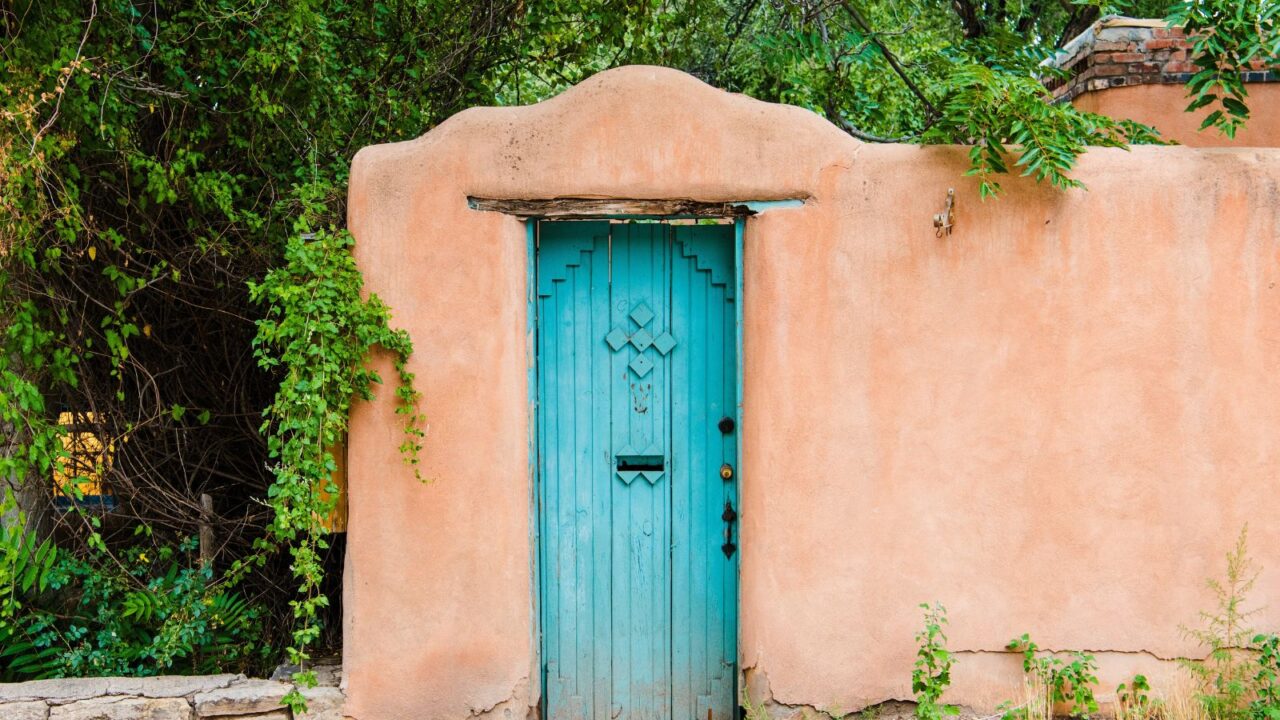
Turquoise and Terracotta: A Classic Combo
Walk into almost any gallery in Santa Fe and you’ll spot the bold pairing of turquoise and terracotta. This color duo dominates everything from pottery to woven rugs. It’s not just visually stunning, it reflects the sky and earth of the Southwest.
The contrast between warm clay tones and cool blue creates balance and drama. If you’re redecorating, consider using these hues in tile work, throw pillows, or even kitchen accessories for that iconic Santa Fe vibe.
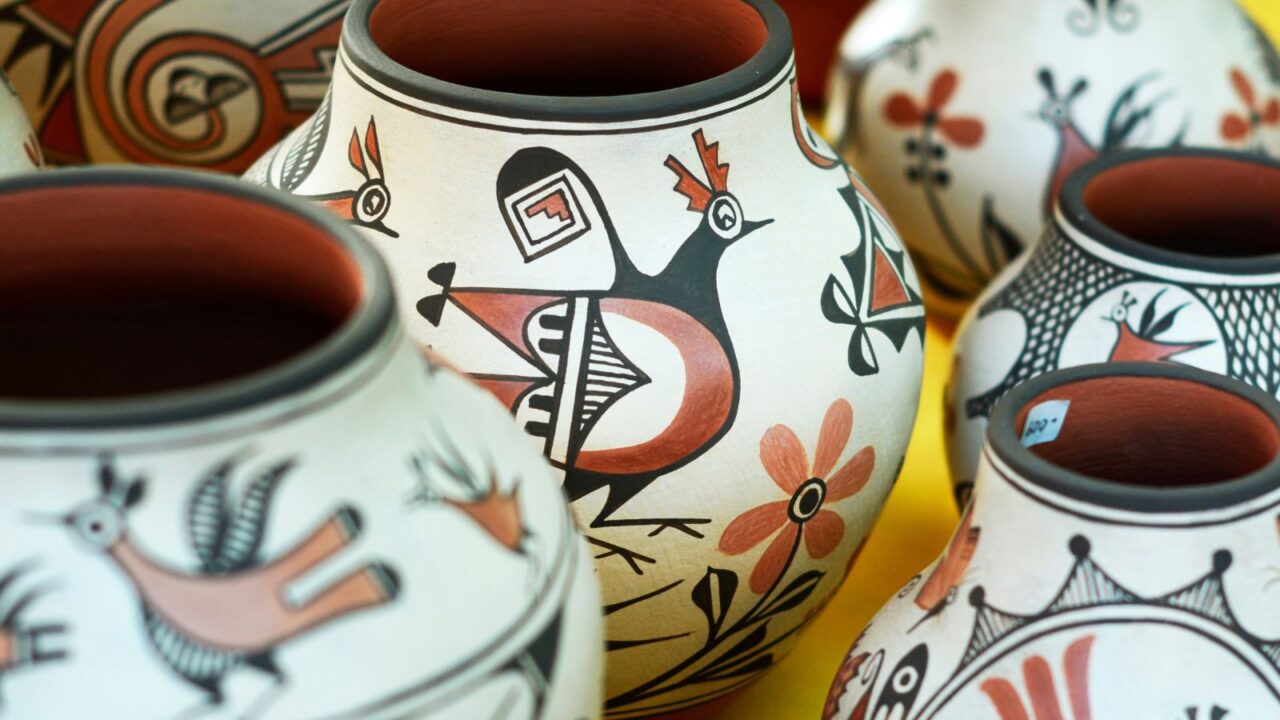
Pueblo Pottery and Pattern Play
The Museum of Indian Arts and Culture features Pueblo pottery that’s covered in striking black-on-white or red-on-tan patterns. These designs often include stylized feathers, water symbols, and spirals. Each motif connects to the potter’s heritage and community.
These bold lines and graphic shapes are incredibly modern-looking despite their ancient roots. You can take inspiration from them for wallpaper patterns, dishware designs, or mural-style accent walls. They’re traditional, but they totally fit today’s style mood.
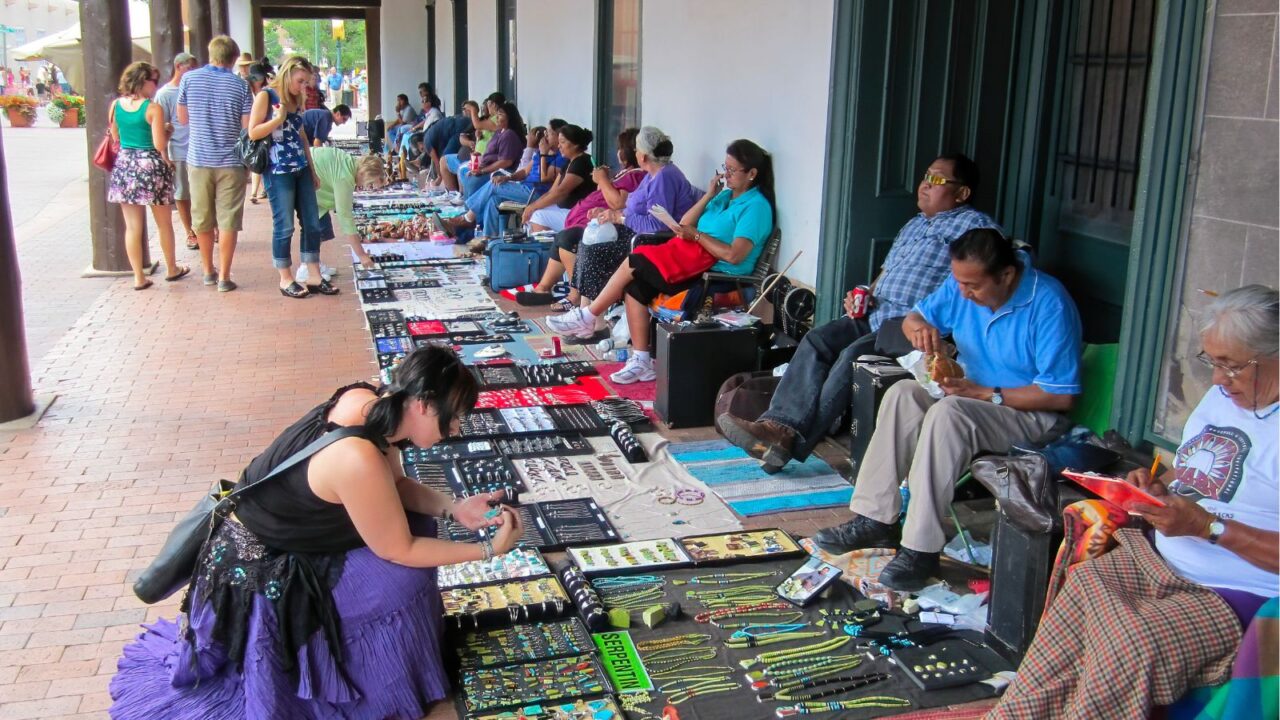
Beaded Patterns and Texture Play
Beaded regalia and jewelry in Santa Fe’s museums display tiny, precise patterns that pack a major punch. Plains and Pueblo beadwork often features X-shapes, diamonds, and floral arrangements, all stitched by hand with meticulous care.
The scale may be small, but the visual impact is huge. Think of using beaded patterns in your space through textiles that mimic their look, embroidered cushions, seed-bead lampshades, or patterned trim on curtains. Tiny details, big personality.
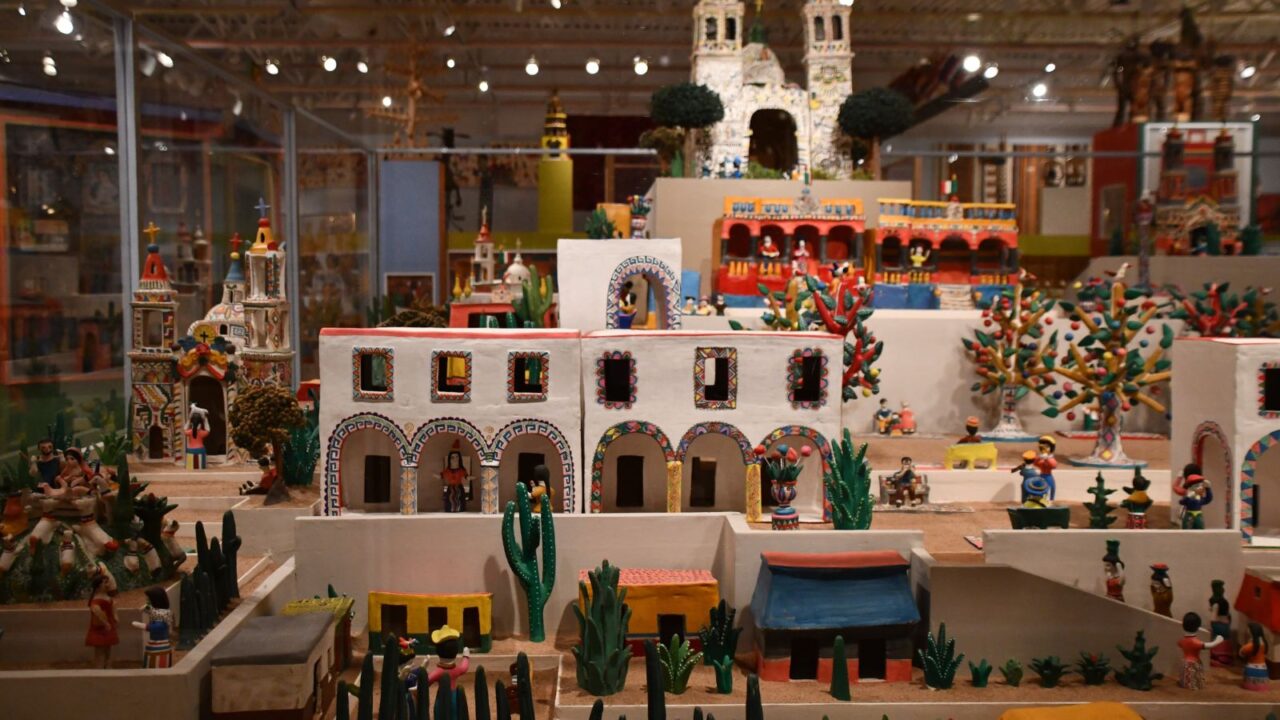
Folk Art Fantasies at the Museum of International Folk Art
This museum is a goldmine for lovers of whimsical design. It showcases folk art from all over the world, but Santa Fe’s local flair shines through in its collections of painted furniture, embroidered textiles, and colorful ceramics.
Many of the patterns here are playful and expressive, think swirling flowers, dancing animals, and storybook scenes. They’re a great reminder that design doesn’t have to be serious. It can be joyful, personal, and a little bit magical.
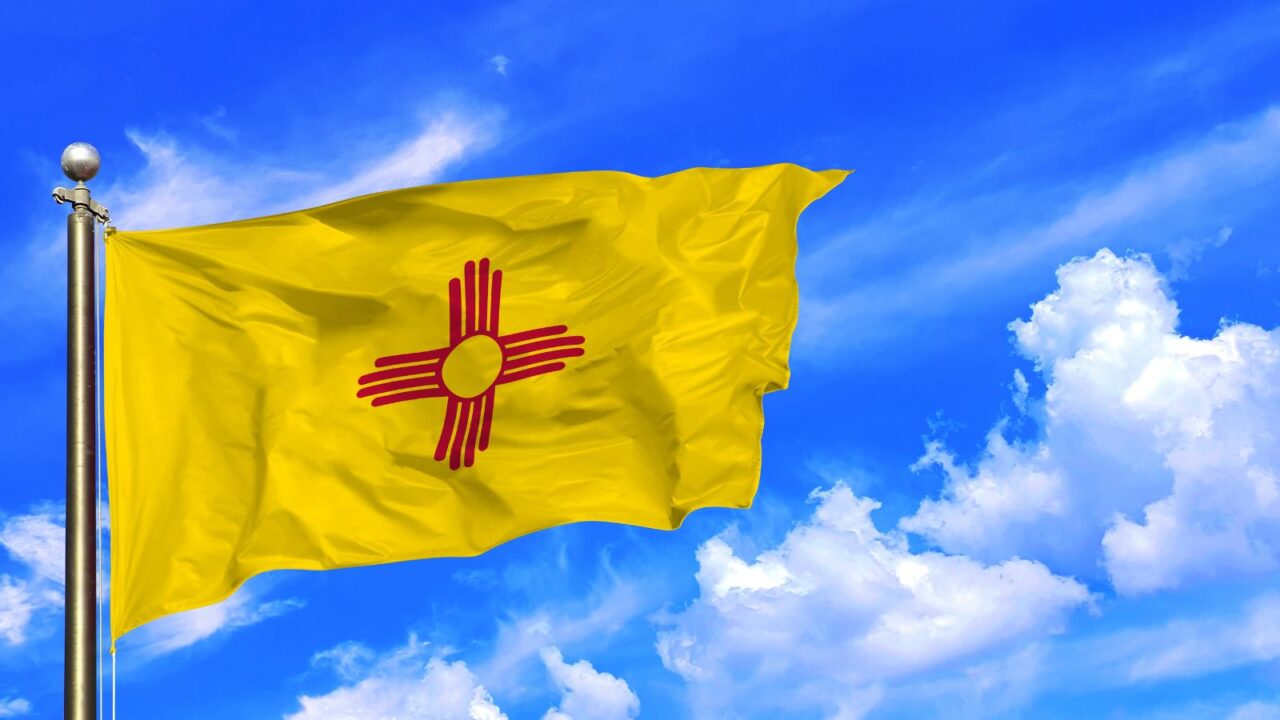
Zia Sun Symbols and Circular Motifs
The Zia sun symbol, featuring a circle with four rays extending in each direction, is rooted in Native spiritual traditions and often appears in local art. It’s a representation of harmony, balance, and the sacred number four.
It’s bold and simple, which makes it super adaptable for modern spaces. Try it in a stencil, wall decal, or even as part of a rug design.
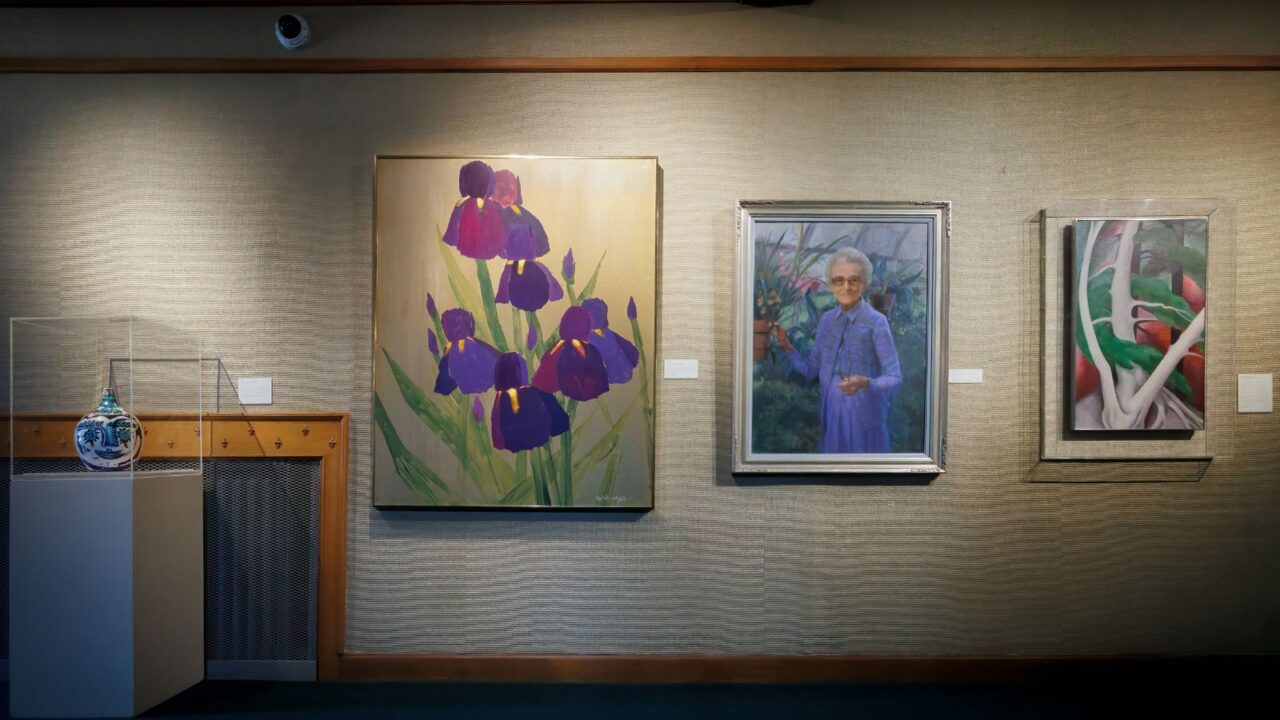
Pottery from the Georgia O’Keeffe Museum
While O’Keeffe is better known for her paintings, the museum also explores the influences that shaped her vision. The museum sometimes displays pieces she collected, which reflect the earthy colors and fluid patterns of the Southwest.
These organic lines and natural palettes are a design lesson in themselves. You don’t always need rigid geometry to make an impact. Sometimes, a swirl or curve borrowed from an ancient jar can completely transform your room.
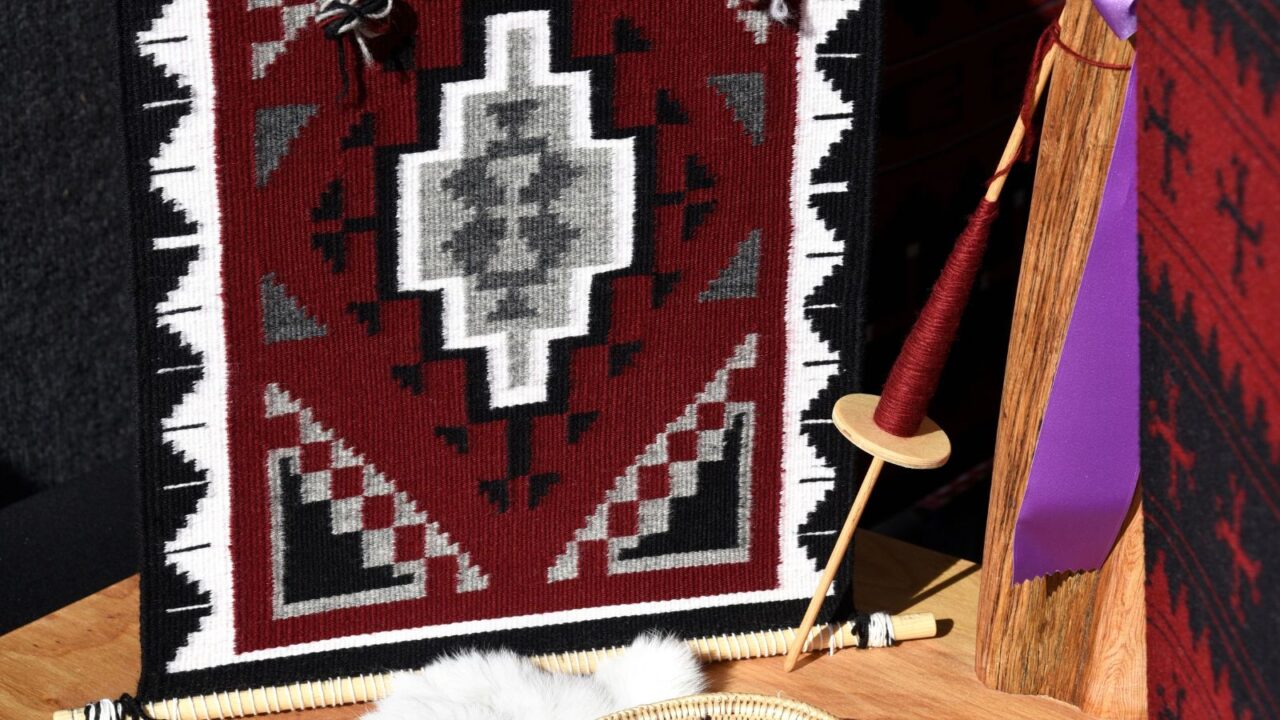
Storytelling Through Navajo Weaving
Navajo textiles on display in Santa Fe museums aren’t just pretty, they often reflect stories, prayers, and clan identities. The weavings feature diamonds, serrated lines, and checkerboard patterns created with hand-dyed wool.
These textiles were, and still are, woven with precision and deep meaning. For design lovers, they’re a lesson in structure and rhythm. Repeating patterns with subtle shifts can add energy to your space without feeling chaotic.
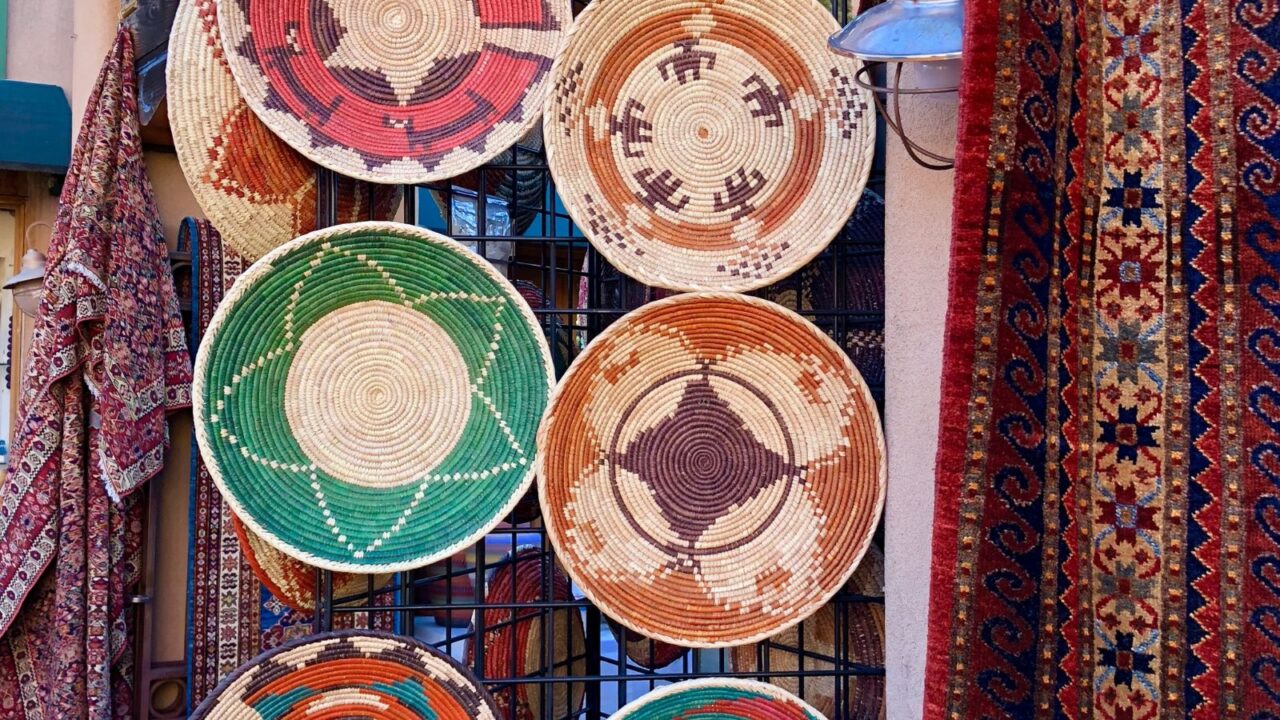
Basket Weaving Rhythms from the Southwest
Traditional baskets woven by Apache, Hopi, and Tohono O’odham artists are on display across Santa Fe museums. These pieces use repeating chevrons, spirals, and bands to guide your eye through their coiled form.
The symmetry and flow of basket patterns are especially cool for textiles and wallpaper. Look closely and you’ll spot designs that feel almost futuristic in their simplicity. That’s the beauty of heritage, it can feel totally new with the right context.
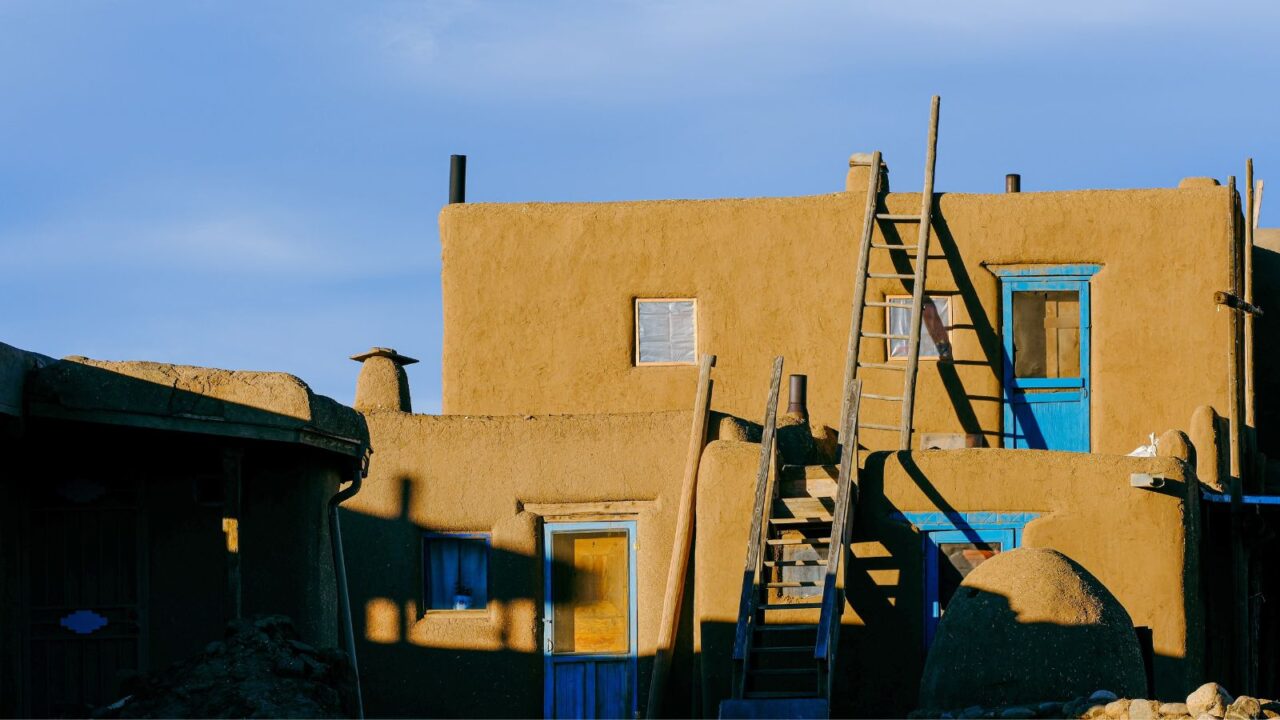
Shadow Patterns in Adobe Architecture
One of the most overlooked design elements in Santa Fe is how shadows interact with architecture. Museums built in Pueblo Revival style, like the New Mexico Museum of Art, create dramatic shadow patterns through deep-set windows, vigas (roof beams), and rounded corners.
As the sun shifts, these shadows stretch and shrink, adding natural patterns that change throughout the day. At home, you can mimic this effect with lantern-style lighting, arched niches, or textured walls that play with depth and daylight in subtle, beautiful ways.
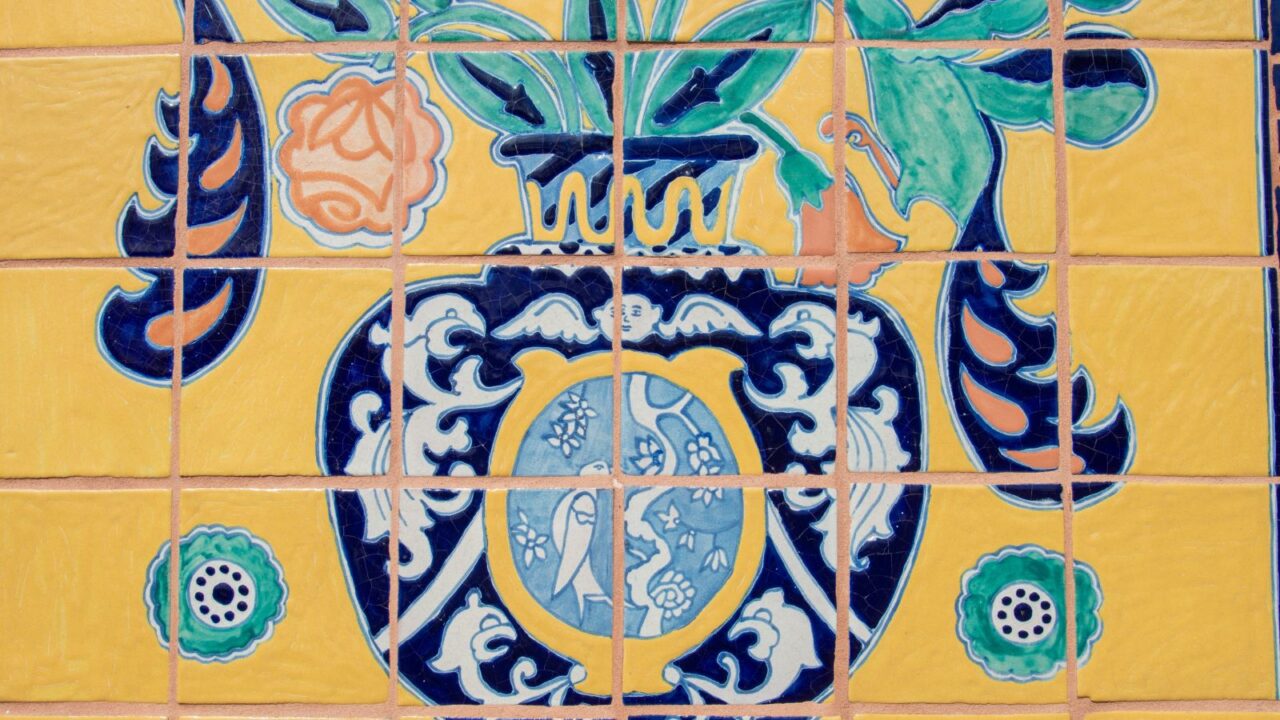
Mosaic Tiles and Storytelling in Stone
Mosaic tiles showcased in Santa Fe’s museums are more than just decorative, they’re deeply expressive. Many of the designs come from Spanish Colonial and Mexican folk art traditions, using small hand-cut pieces to form vibrant images and repeating geometric patterns.
These tiles appear on mission floors, stair risers, and courtyard fountains across the region. For interiors, they’re perfect for backsplashes, fireplace surrounds, or tabletops. The mix of color, shape, and texture adds a handcrafted, story-rich vibe to modern spaces.
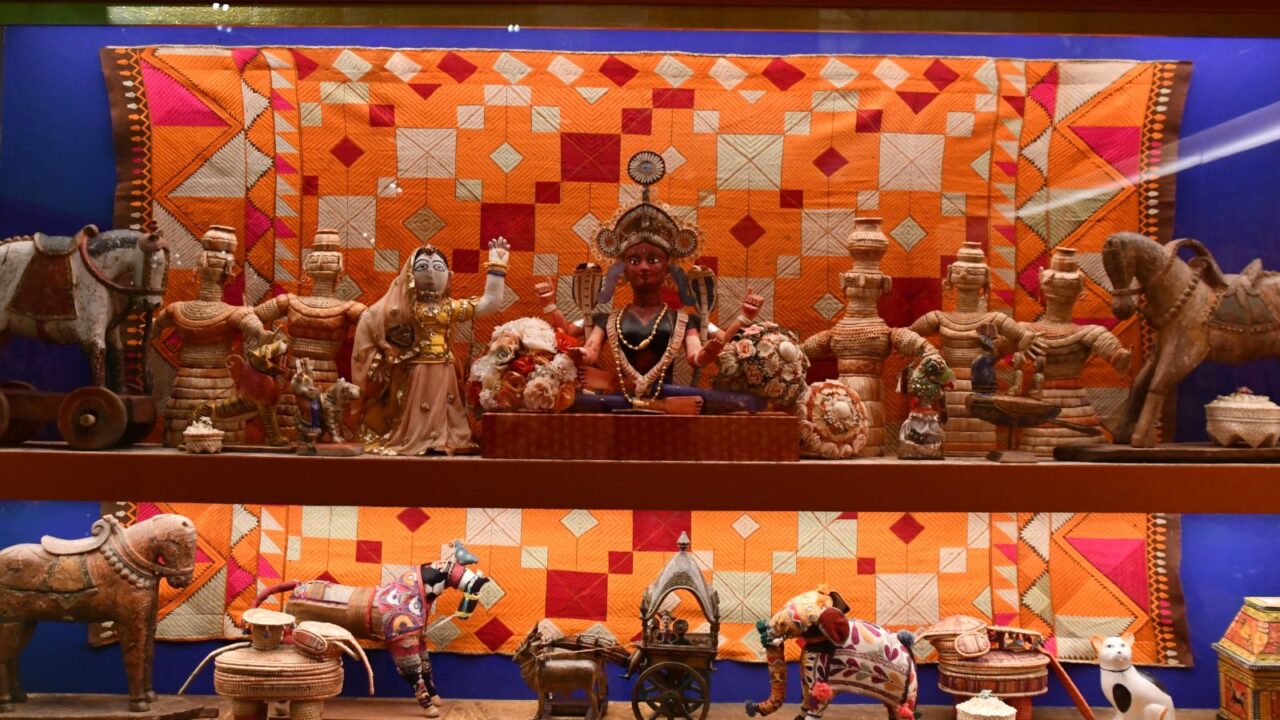
Symbolic Animal Motifs in Folk Art
From coyotes and lizards to birds and bears, animal motifs show up in folk art pieces across Santa Fe. These creatures often symbolize traits like wisdom, strength, or protection.
The stylized way these animals are drawn gives them a playful but powerful vibe. Try using them in throw pillow prints, hand-painted trays, or ceramic pieces. It’s a fun way to honor nature while adding personality to your space.
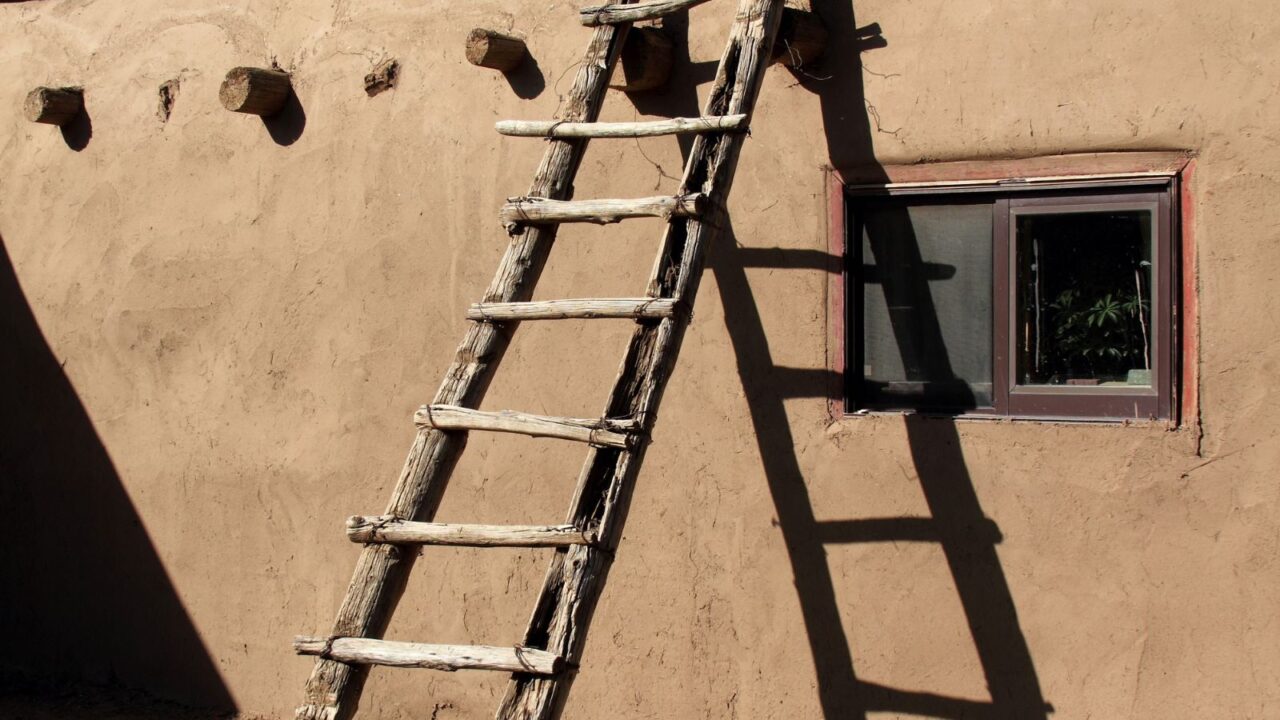
Layered Patterns in Kiva Ladder Design
Kiva ladders, used in Pueblo ceremonial spaces, are simple yet symbolically rich. The design, often replicated in museum exhibits, features clean vertical lines, strong angles, and organic wood textures.
This pattern can inspire staircase railings, bed frames, or open shelving units. The key is in the spacing and repetition. It’s another reminder from Santa Fe’s visual language: even the most utilitarian forms can feel artistic.
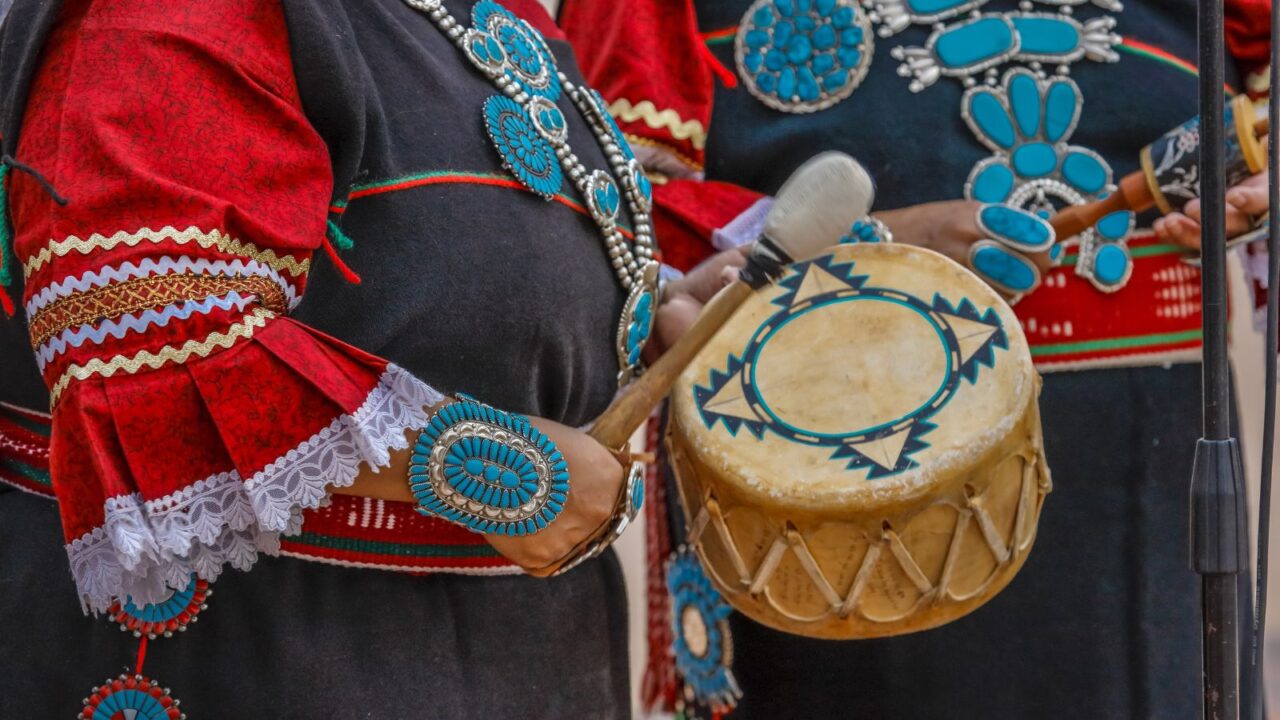
Pueblo Drum Art and Radial Patterns
Pueblo ceremonial drums, often on display in Santa Fe’s cultural museums, are more than instruments, they’re visual masterpieces. The drumheads are painted with circular motifs, feathers, and cross-shaped symbols arranged symmetrically.
These radial designs are ideal for bringing energy into a space. Think of them as inspiration for ceiling medallions, area rugs, or even coffee table top designs. They draw the eye in and invite reflection, rhythm, and movement.
If the rhythmic energy of Pueblo drums sparks your creativity, Vatican City’s interiors offer a bold blueprint for taking design to the next level.
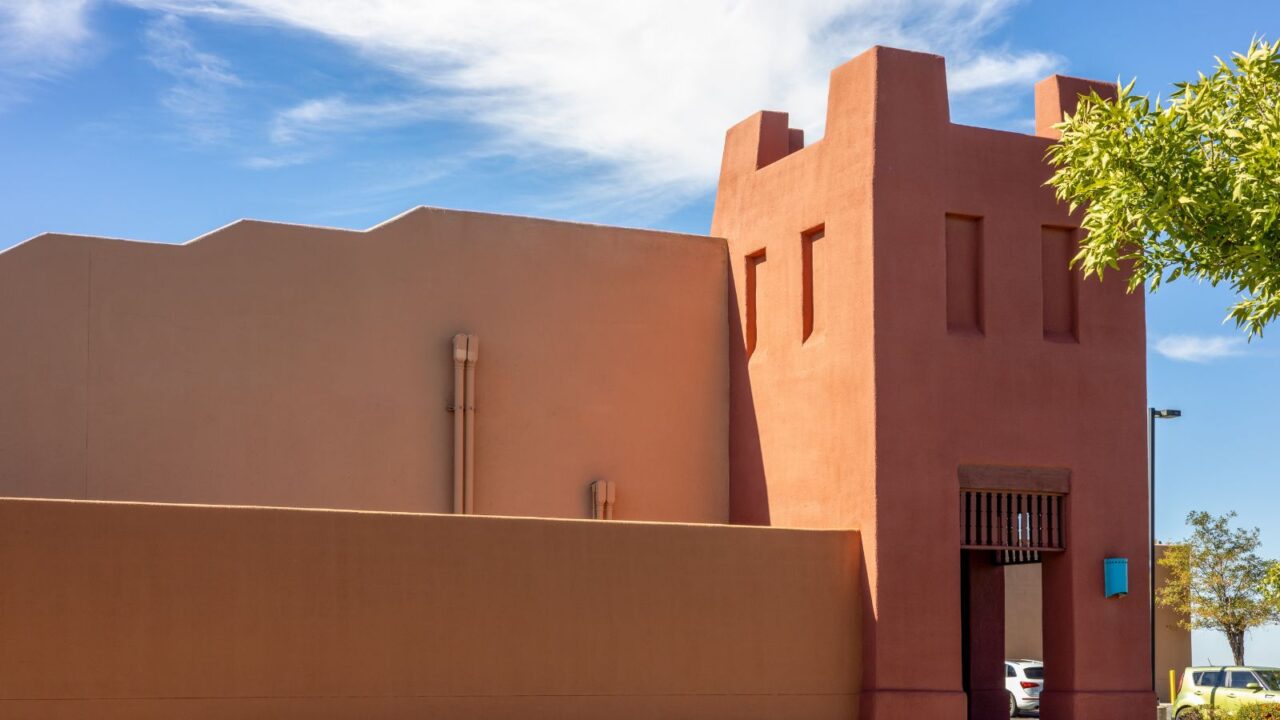
Adobe-Inspired Texture in Design
Many museum buildings themselves are works of art. Their adobe walls feature built-in niches, rounded corners, and textured finishes that create subtle shadows and patterns depending on the time of day.
This kind of pattern isn’t printed, it’s sculpted. If you’re into natural finishes, try adding plaster-look paint, clay-based textures, or rounded furniture edges to your home. It’s a softer kind of bold that still holds all the Southwest charm.
If Santa Fe’s bold patterns have you inspired, wait until you see the sleek, design-forward interiors of Seoul’s most Instagrammable hotels.
How did you like the bold Southwestern patterns from New Mexico? Share your thoughts in the comments.
Read More From This Brand:
- Step Inside Havana’s Hidden Glamour Revival
- Istanbul’s Grand Interiors and the Art of Ornate Layering
- Parisian Apartment Style, Inspired by Real Haussmann Homes
Don’t forget to follow us for more exclusive content right here on MSN.
This slideshow was made with AI assistance and human editing.
Disclaimer: Some images in this slideshow are for illustrative purposes only and do not depict the actual locations mentioned.